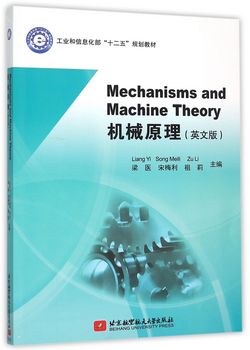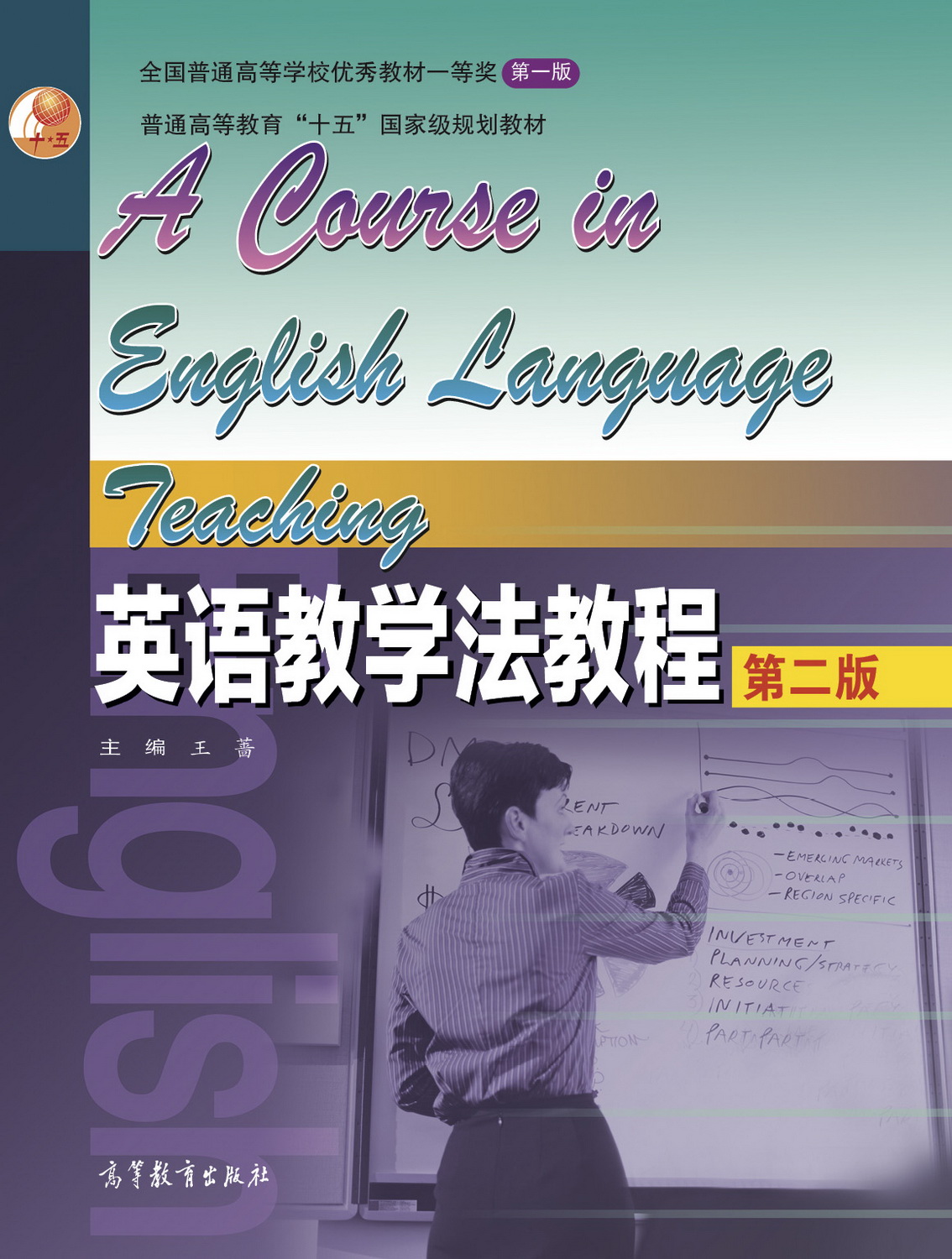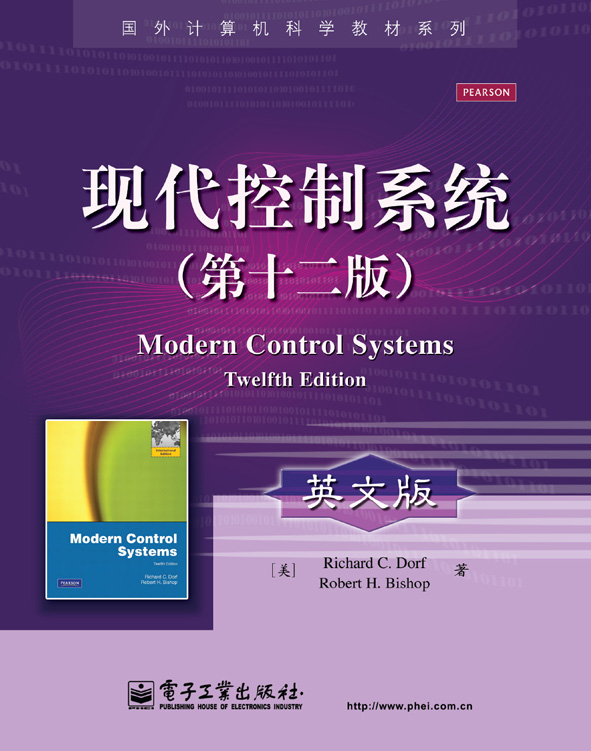英语学位论文写作教程
作者: 黄国文 M.Ghadessy
出版时间:2008-06-06
出版社:高等教育出版社
普通高等教育“十一五”国家级规划教材
- 高等教育出版社
- 9787040244489
- 1
- 131443
- 0041156811-6
- 平装
- 16开
- 2008-06-06
- 290
- 194
《英语学位论文写作教程》在习题设计上,做到有针对性、形式丰富,并便于教师和学生课内课外操作。充分体现教学过程以学生为中心的教学理念,通过教师与学生互动、学生之间互动的教学活动,把语言、文学、文化、翻译等方面的教学内容转化成为学生能掌握的技能和知识,着力培养学生分析问题和解决问题的能力,传授基本研究方法,增强学生的研究意识和问题意识,同时提高学生的学术素养,提升学生综合素质。
Preface
Chapter 1: Defining the Dissertation
1.1 Introductory remarks
1.2 Thesis, dissertation, paper
1.3 Summary and evaluation of information
1.4 The process of writing a dissertation
1.5 Summary
1.6 Exercises
Chapter 2: Basic Writing and Academic Writing
2.1 Introduction
2.2 Basic writing
2.3 Academic writing
2.4 Style and mechanics
2.5 Important terms and concepts
2.6 Summary
2.7 Exercises
Chapter 3: Data, Analysis, and Research Paradigms
3.1 Introduction
3.2 Data collection
3.3 Analysis
3.4 Research paradigms
3.5 Types of research
3.6 Summary
3.7 Exercises
Chapter 4: Prewriting (1): Developing the Subject
4.1 Introduction
4.2 Managing your time
4.3 Locating your interest
4.4 Selecting a topic
4.5 Considering manageability and availability
4.6 Summary
4.7 Exercises
Chapter 5: Prewriting (2):Reading the Literature
5.1 Introduction
5.2 Familiarizing yourself with the background
5.3 Discovering existing studies
5.4 Reading the relevant literature
5.5 Taking notes
5.6 Discovering questions and problems
5.7 Focusing on your research
5.8 Preparing a working bibliography
5.9 Summary
5.10 Exercises
Chapter 6: Prewriting (3): Thesis Formulation and Research Questions
6.1 Introduction
6.2 The thesis statement
6.3 The research question
6.4 The research method
6.5 Summary
6.6 Exercises
Chapter 7: Prewriting (4): Conducting Primary Research—an Example
7.1 Introduction
7.2 Research interest and research aim
7.3 Thesis statement and research questions
7.4 Literature review
7.5 Research method and data collection
7.6 An example of data collection and data editing
7.7 Theoretical basis
7.8 Analysis
7.9 Summary
7.10 Exercises
Chapter 8: Writing (1): Elements of a Dissertation
8.1 Introduction
8.2 The macrostructure
8.3 The abstract
8.4 The introduction
8.5 The literature review
8.6 The theoretical framework
8.7 Research method and data
8.8 Analysis and discussion
8.9 The conclusion
8.10 Summary
8.11 Exercises
Chapter 9: Writing (2): Organizing Ideas
9.1 Introduction
9.2 The skeleton and the meat
9.3 The language of the elements of structure
9.4 Referring to previous studies
9.5 Re-organizing ideas
9.6 Advice on quoting
9.7 Advice on the choice of reporting verbs
9.8 Summary
9.9 Exercises
Chapter 10: Writing (3): Writing and Revising
10.1 Introduction
10.2 Creating the overall plan
10.3 Outlines and section headings
10.4 The proportional suggestion
10.5 Developing the first draft and possible problems
10.6 Researching before writing
10.7 Revising the first draft
10.8 Summary
10.9 Exercises
Chapter 11: Writing (4): Avoiding Plagiarism
11.1 Introduction
11.2 Defining plagiarism
11.3 The temptation to plagiarize
11.4 The cost of plagiarism
11.5 Paraphrasing vs plagiarism
11.6 How to avoid plagiarism
11.7 Summary
11.8 Exercises
Chapter 12: Preparing the Final Draft
12.1 Introduction
12.2 Formatting the final draft
12.3 Checking the details
12.4 Summary
12.5 Exercises
Chapter 13: References and Appendixes
13.1 Introduction
13.2 The function of documenting sources
13.3 Different styles of referencing
13.4 References in the running text
13.5 References at the end of the dissertation
13.6 Appendixes
13.7 Summary
13.8 Exercises
Chapter 14: Submission and Evaluation
14.1 Introduction
14.2 Working with your tutor
14.3 Submission
14.4 Evaluation criteria
14.5 The dissertation defence
14.6 Summary
14.7 Exercises
Appendix 1: A Sample Paper in Chinese
Appendix 2: A Sample Paper for Further Analysis
Appendix 3: Suggested Answers to the Exercises
About the Authors









